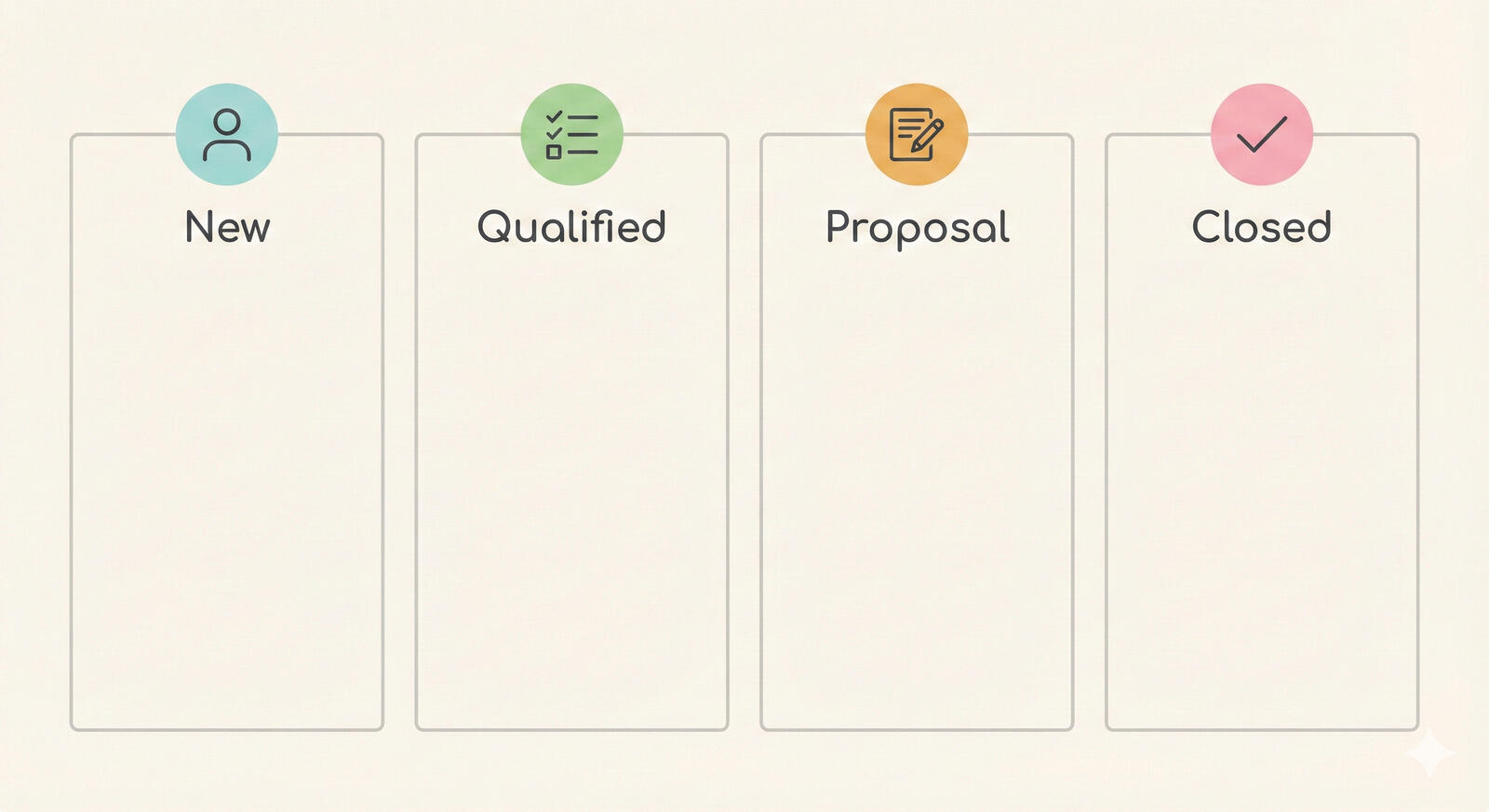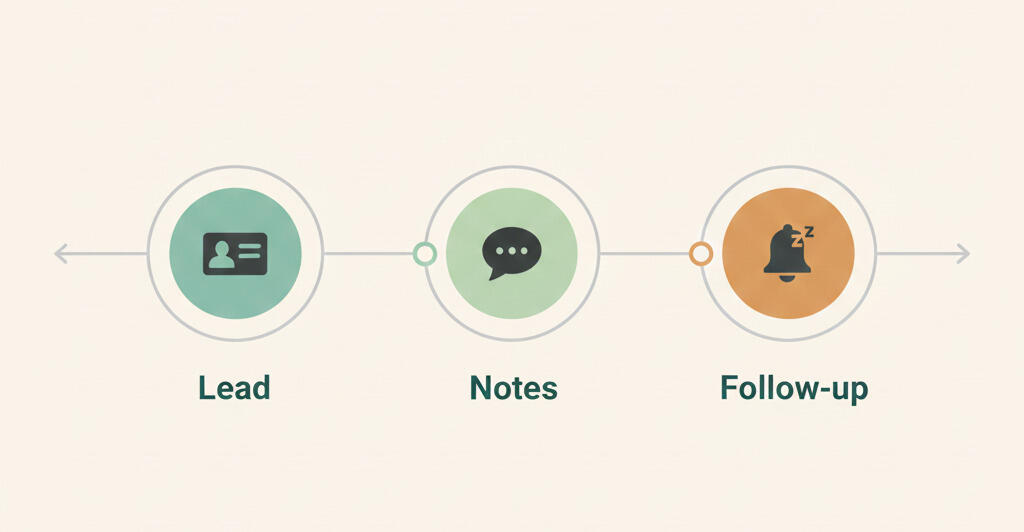Part 3: Vertical integration

Expanding your business - ways to drive growth
The third part of a four-part blog series looking at the ways in which businesses can stimulate growth.
Growing through vertical integration
Previously in this series we have looked at ways of growing a business by increasing sales to businesses and consumers downstream, by selling more of the same products and services, tapping into new markets and selling complementary or brand new products. But that’s not the only way to pursue a growth strategy.
Here we explore the potential for expanding in another way. It’s a method that some might regard as highly ambitious - expanding your business through vertical integration.
There are two ways of expanding your sphere of operations vertically. It depends where you currently sit in the supply chain and where you are going to focus your attention.
Forward integration is when a company at the beginning of the supply chain controls stages further down the line. Think about a mining company that owns a downstream asset such as a steel mill. Backward integration is when a business toward the end of the supply chain takes on activities upstream, so this is like when a steel mill is takes on mining interests.
The vertical nature of the supply chain
In supply chain theory, there are four stages of the vertical:
- Commodities are raw materials like iron ore or fossil fuels. Mining and oil companies occupy a fundamental place in the economy because they produce and control the basic elements from which the majority of manufactured products are created.
- Manufacturing companies source materials either raw or processed by the commodities companies for the purposes of producing goods and products.
- Distribution companies sit in the channel, controlling the passage of goods from manufacturers to companies that sell directly to the end user companies and consumers.
- Retailers are the final stage, interfacing between distributors and the companies and people that purchase and use the goods, products and services.
Historically, this has grown up for some important reasons. Firstly, if you are a steel fabrication company, you might not want to get into the business of extracting iron ore from the ground, transporting it to a blast furnace and then rolling steel. That’s best left to companies with the expertise and resources to do it.
Another good reason was that if you just want to manufacture but not be involved in selling your products to end users, you could just leave it to distribution and retail to get on with the final stages. Keeping end-users at arm’s length helped manufacturers to stay focused on production, doing what you do best.
Pros and cons of vertical integration
The pros
- Self-sufficiency - growing upstream means your company lessens its reliance on suppliers. You’re less likely to face problems due to supply chain disruption. Whether it’s shortages of materials or manufactured components or labor disputes, you can achieve at least some level of self-sufficiency. It depends on whether you make products with elements sourced from multiple suppliers.
- Economy of scale - Your company gains advantages from economies of scale with vertical integration. The enlarged business can cut costs through sheer size. Bulk purchasing consumables lowers unit costs, and consolidating premises, infrastructure and systems reduce the need for capital expenditure and lower operational costs. Workforces can be rationalized and perhaps even streamlined where there is duplication, especially at management levels.
- More competitive pricing - Economy of scale provides one standout benefit that we can look at separately. Streamlining through sheer size, enables you to reduce the prices of commoditized goods and to be more competitive when quoting for services deals. Imagine a facilities management company that could offer cleaning and CCTV security services because it was vertically integrated instead of subcontracting to third parties?
- Greater independence - Vertical integration lets you combat being pushed around by suppliers that have a lot of market power. If a supplier is a monopoly and dictates terms, you might be able to sidestep them. If there was only one supplier of a certain component and you gained the ability to make your own, this would give you tremendous advantages. Reduced costs, better Just in Time (JiT) practices and you’d be less likely to see parts shortages.
- Competitive advantage - Combining lower costs with better value and bespoke products and services, a vertically integrated company achieves a compelling proposition which underlines its competitive advantage.
The cons
- High cost and risk - One major drawback to vertical integration is that executing the strategy comes at significant expense. There is always the potential for taking on too much risk by overreaching. Whether you are reaching upstream or downstream there is the need for large amounts of capital investment to create new capabilities. Personnel, premises, plant, infrastructure and systems. Cashflow, profit and ROI all need to be closely monitored.
- Diluted focus - For at least the last 25 years, management theory and practice taught on MBA programs across the globe has emphasized the importance of concentrating on core business. In tandem with that, there has also been a strong focus on outsourcing the parts of your business that don’t add value and which divert your focus and create drag. Running a successful retail chain is a different cookie from managing a production and manufacturing business. It’s difficult to straddle a converged business doing both.
- Cultural mismatch - From top to bottom, a vertically integrated business can seem a little disconnected. Retail is different from manufacturing. Distribution is different to commodities. Workforces may have little in common and be culturally mismatched. And a factory might be located in one place with retail outlets dotted all over. When seen as separate entities or business units this might not present a problem, however, it may be difficult for employees to see that they are part of one business.
- Reduces business agility - Vertical integration has a tendency to make your business less agile and more inflexible. For example, committing to controlling the supply chain (or part of it) yourself can tie your company up in knots with things you cannot easily change. If you are a distributor that moves into manufacturing products, you can’t easily take advantage of lower labor costs in the tiger economies of the APAC region.
Examples of vertically integrated businesses
- Knowledge businesses - If you’re an employer that needs specialist or skilled contract workers, like a software company or a consultancy for example, you might consider expanding your HR activities into recruiting for yourself and other companies. These could be rivals or customer companies that need staffing expertise. Typically, they may want to shed the burden of the early stages of recruitment such as job description writing, advertising, social media posting, CV reviewing, sifting, 1st round interviews and shortlisting. You get the pick of the best people, charge for your placement services and get commission.
- Entertainment and media - Online video entertainment platforms buy content from established media production companies. However, recent years have seen them move into commissioning and producing their own original programming. The strategy has been one of exclusivity - this content isn’t available on any other subscription service. Big-name box-office stars, polished production values and paid advertising and media promotional campaigns have all played a part in the success of this approach.
- Food retailing and distribution - these are ideal for vertical integration because of the perishable nature of chilled and fresh groceries. The retail arm can feedback very accurately the level of customer demand for every line of produce and the vertically integrated business can closely control the supply, minimizing over production, cutting wastage, and ultimately, generating improved profitability through greater efficiency.
The Internet and the advent of multichannel sales
One of the underlying drivers of vertical integration is the desire to cut out the middleman. A manufacturer vertically integrated with distribution can squash distribution costs because it is distributing products for itself. However, the Internet has disrupted the traditional idea of the supply chain.
A manufacturer can now sell directly to the end user company or a consumer using e-commerce without needing a distribution deal to get its products into retailers. Similarly, after sales customer service and support can delivered directly to end users through optichannel digital communications backed up by logistics.
The old view of manufacturers keeping customers at arm’s length has somewhat given way to the desire to acquire and retain customers to maximize lifetime customer value. Keeping them at arm’s length is incompatible with this current way of thinking.
Getting started with vertical integration to drive growth
It’s easy to think of vertical integration as something that is just for bigger businesses with cash at the bank or financing and an appetite for risk to make big strategic moves. However, that’s simply not the case. Smaller and mid-sized enterprises can successfully execute the strategy too.
If you are thinking about pursuing vertical integration, some key things it’s worth giving some thought to include:
- Identifying items you could make inhouse for less than you buy them in
- Preventing a shift of focus away from your core business activities
- Planning how to minimize risk and avoid over reaching
The last blog in this short series examines another strategy for expanding your business and driving growth, Part 4: Mergers and Acquisitions (M&A).








